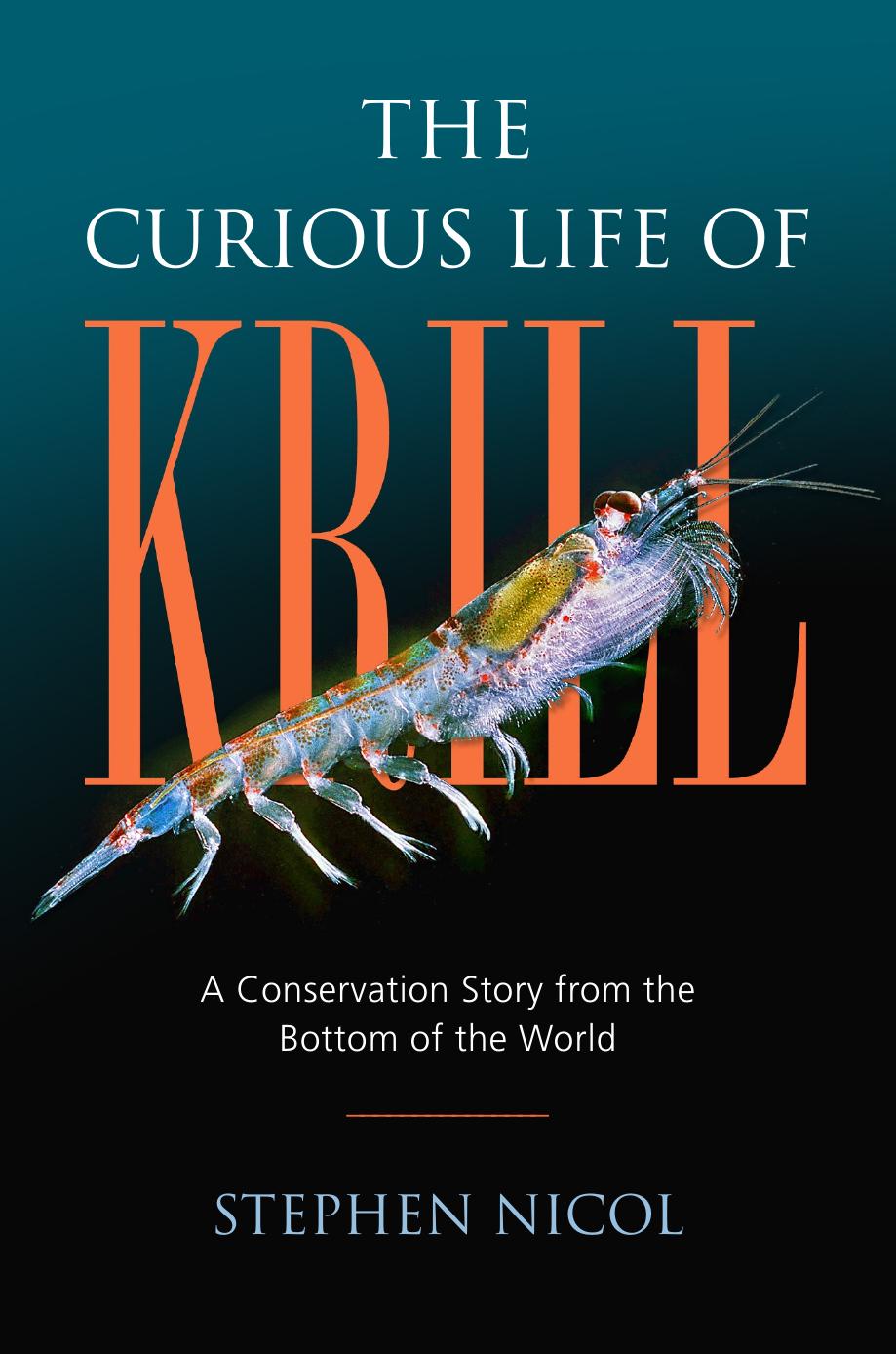The Curious Life of Krill by Stephen Nicol

Author:Stephen Nicol
Language: eng
Format: epub, pdf
Publisher: Island Press/Center for Resource Economics, Washington, DC
© Stephen Nicol 2018
Stephen NicolThe Curious Life of Krillhttps://doi.org/10.5822/978-1-61091-854-1_6
Eating Krill
Stephen Nicol
I believe, then, that the cod fishery, the herring fishery, the pilchard fishery, the mackerel fishery, and probably all the great sea fisheries, are inexhaustible.
—T. H. Huxley, Inaugural Address to the 1983 Fisheries Exhibition in London
I am sitting on the bridge of the Antarctic Sea, which lies marooned in the dry dock in Montevideo undergoing corrective surgery to turn it into the world’s largest and most sophisticated krill fishing vessel. The deck is a jumble of cables, hoses, scaffolding, and discarded slabs of metal. In the vast hold, giant chunks of machinery lie haphazardly in the cavernous space that one day will be occupied by metric tons of processed krill. In the distant forecastle, a maze of stainless steel pipes, conduits, and conveyors are being assembled into the processing plant. This floating factory will produce what the Norwegian fishing company Aker Biomarine hopes will be a range of products that will justify the huge investment in their three-vessel fleet. Even without the chaos of the refit, the ship is not a pretty sight. The captain jokes that the Antarctic Sea had been voted one of the world’s ugliest ships several years running, and it is easy to see why. It is long, looks ungainly, and is quite unlike any fishing vessel I have ever seen. It is missing the usual trawl deck, nets, and winches associated with conventional fishing practices. The Antarctic Sea used to be a freighter. It was converted for catching and processing in the early 2000s for a Norwegian fishing company that subsequently went out of business—a not unfamiliar fate for many krill fishing operations. Aker Biomarine bought the 133-meter (145-yard) vessel and commenced a costly refit in Uruguay before the vessel was reborn as the 9,500-metric ton Antarctic Sea. The vessel had originally been named Thorsovdi, Norwegian for the “Hammer of Thor,” not a particularly sensitive name for a company whose stated vision is “to create a healthier lifestyle through responsible and sustainable decisions.” But what might justify such massive investment? and why would anyone want to go fishing for krill in the first place?
Although the Antarctic region is often referred to as a pristine ecosystem, we know that this is far from the case. The first expeditions to the Southern Ocean were commercially motivated, and these pioneers were looking for seals, whales, or other species that they might be able to harvest. When the populations of seals and then whales were exhausted, extractive industries looked elsewhere. Although there are early records of fish being caught, it quickly became apparent that the Antarctic region lacks the vast populations of the north, such as cod, herring, and anchovies. Fish have been caught commercially in the Southern Ocean since the 1970s, and small fisheries continue today. There were, however, krill, and thoughts soon turned toward using krill as a resource. There had been earlier attempts to make use of this obvious resource; a German expedition in the early
Download
This site does not store any files on its server. We only index and link to content provided by other sites. Please contact the content providers to delete copyright contents if any and email us, we'll remove relevant links or contents immediately.
The Lonely City by Olivia Laing(4750)
Animal Frequency by Melissa Alvarez(4395)
All Creatures Great and Small by James Herriot(4232)
Walking by Henry David Thoreau(3893)
Exit West by Mohsin Hamid(3777)
Origin Story: A Big History of Everything by David Christian(3648)
COSMOS by Carl Sagan(3554)
How to Read Water: Clues and Patterns from Puddles to the Sea (Natural Navigation) by Tristan Gooley(3406)
Hedgerow by John Wright(3275)
The Inner Life of Animals by Peter Wohlleben(3259)
How to Read Nature by Tristan Gooley(3249)
How to Do Nothing by Jenny Odell(3232)
Project Animal Farm: An Accidental Journey into the Secret World of Farming and the Truth About Our Food by Sonia Faruqi(3177)
Origin Story by David Christian(3147)
Water by Ian Miller(3127)
A Forest Journey by John Perlin(3027)
The Plant Messiah by Carlos Magdalena(2883)
A Wilder Time by William E. Glassley(2818)
Forests: A Very Short Introduction by Jaboury Ghazoul(2790)
